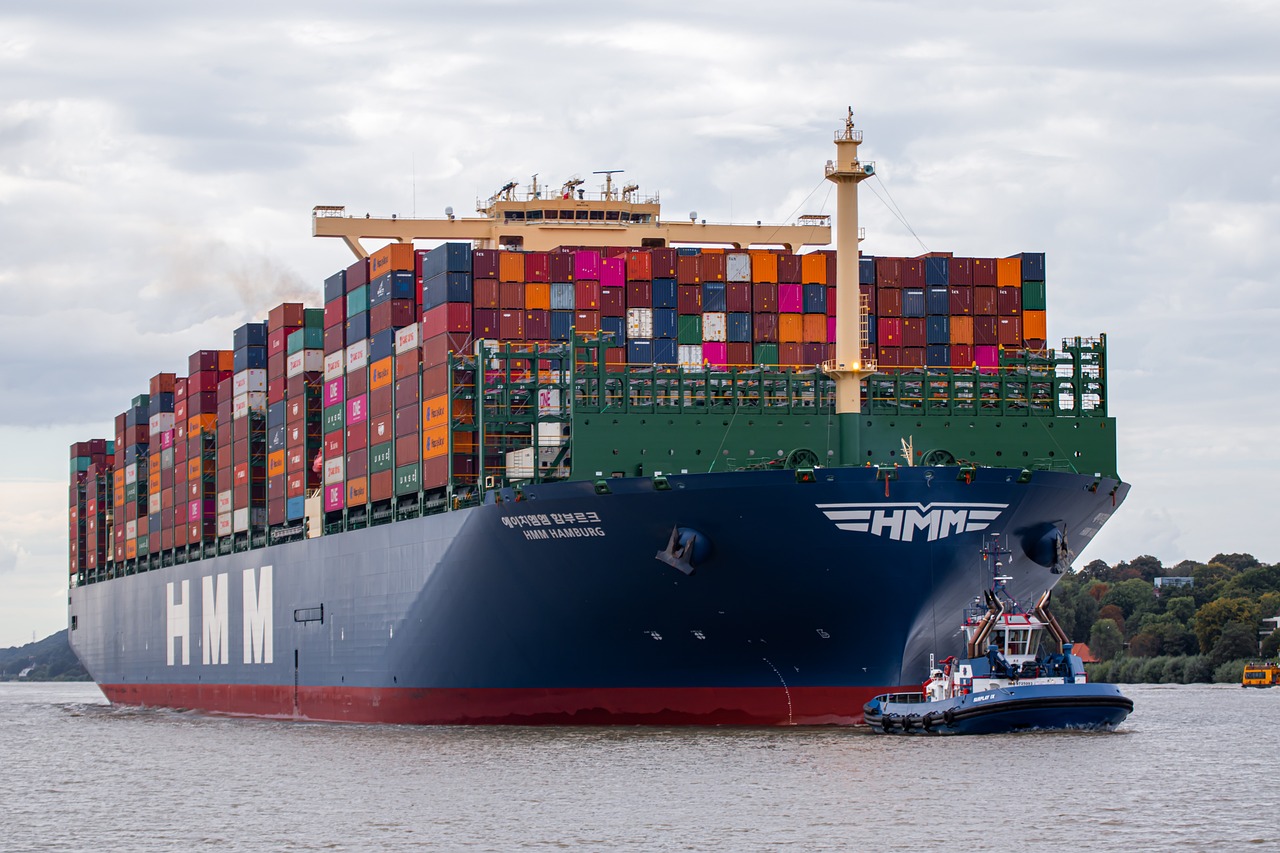
This article addresses key issues regarding foam export qualifications, transportation standards, customs declarations, etc., providing the latest 2025 export agency operation guidelines to help companies avoid trade risks.
According to the latest 2025 Regulations on the Management of Hazardous Chemicals, special attention should be paid to foam exports:
- Hazard identification:Foam containing Freon must obtain UN numbers (such as UN1956)
- MSDS certification:Must include complete physicochemical properties and emergency response plans
- Business license:Hazardous chemical enterprises must hold permits issued by emergency management departments
- Export filing:Must complete hazardous chemical exporter filing through the Customs Single Window
What are the international standards for foam packaging?
2025 IMDG CODE Amendment 42 requirements:
- Use UN-certified Type II packaging (such as steel drums/plastic containers)
- Single package gross weight must not exceed 400kg
- Packaging must be marked with UN identification, proper shipping name, and hazard class labels
- Insulated packaging must ensure no leakage for 48 hours at 50°C
Which countries restrict the import of foam materials?
Special attention should be paid to destination country environmental regulations:
- EU: Requires REACH Regulation Annex XVII compliance declaration
- USA: EPA requires products containing HFCs to declare SNAP program numbers
- Japan: Must obtain CSCL certification
- Australia: GHS labels must be in English version
How to choose between sea freight and air freight?
Recommendations based on product type:
- Suitable for sea freight:
- Pre-expanded finished products (non-pressure vessel packaging)
- Full container load (recommended to use refrigerated containers)
- Air freight restrictions:
- Transport of compressed gas state products is prohibited
- Single package gross weight must not exceed 75kg
Five isCustoms declarationWhat are common issues?
2025 customs audit priorities include:
- Inaccurate component ratio declaration (error must be <±1%)
- Incorrect hazard classification (third-party test report required)
- UN packaging code mismatch with actual goods
- Transport documents not accompanying goods (prepare at least 3 copies)
How to select a reliableExport agent?
Professional agents should have:
- Hazardous material transportation qualifications (such as DGM certification)
- Customs clearance capability at destination port (minimum 3 overseas partner sites)
- Emergency response mechanism (solutions for leakage/port detention/return shipment)
- Insurance coverage (recommended insured amount ≥130% of cargo value)
VII.Export agentHow are fees calculated?
2025 market price reference:
- Basic service fee: USD800-1200/shipment (including document preparation)
- Dangerous goods surcharge: 1.2%-2.5% of cargo value
- Destination port miscellaneous fees: USD300-800 (varies by country)
- Special supervision fee: China customs inspection surcharge USD150/occurrence
How to avoid export risks?
Recommended triple protection measures:
- Sign back-to-back agreements (clearly define responsibility division)
- Purchase product liability insurance (recommended to cover entire supply chain)
- Adopt segmented transportation (separate domestic land transport and ocean shipping operations)
- Establish quality guarantee deposit (recommended 5%-10% of cargo value)


 Follow the customer service WeChat account.
Follow the customer service WeChat account.